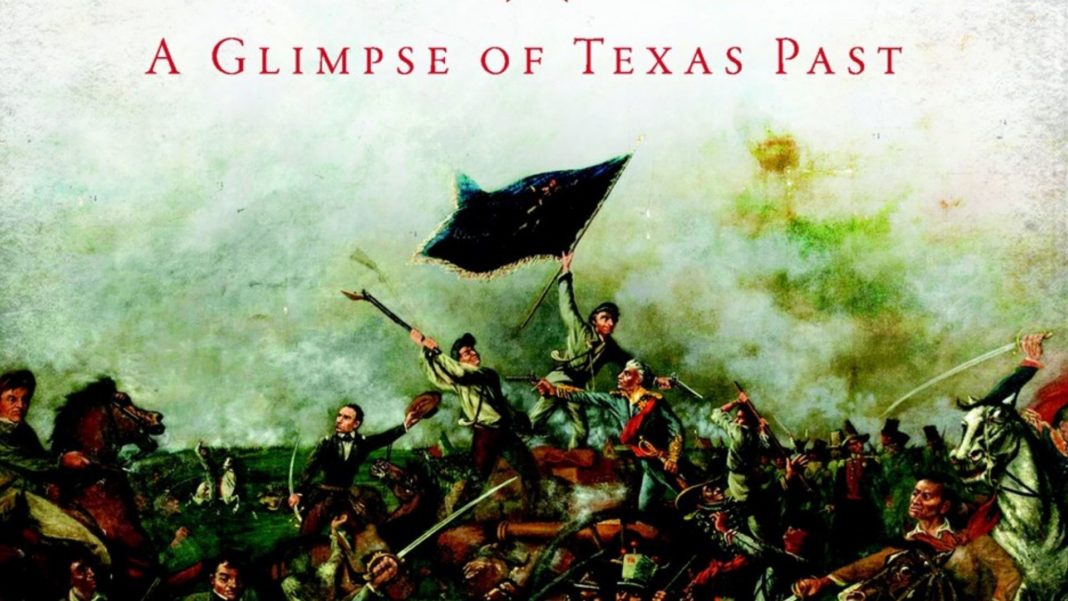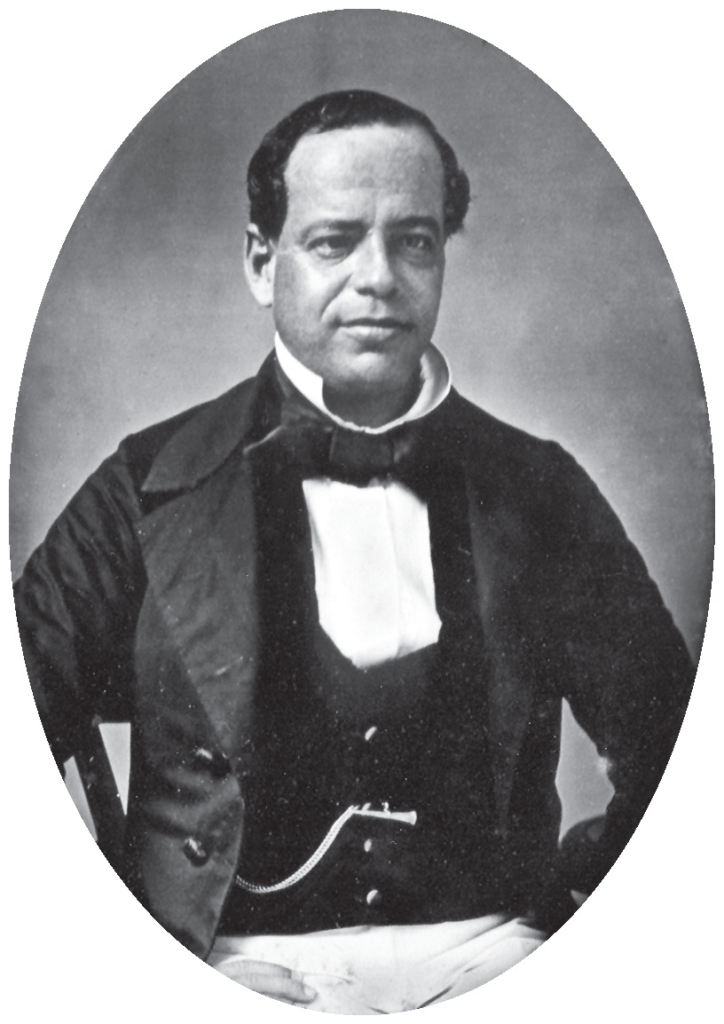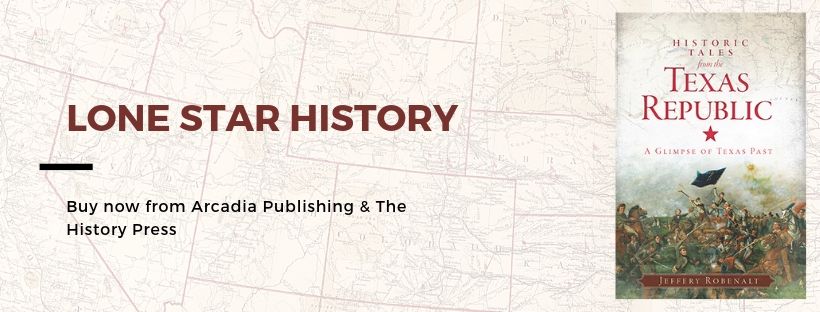
Adapted from Historic Tales from the Texas Republic: A Glimpse of Texas Past By the late Jeffery Robenalt
Texas history is busting with heroes and villains. In fact, many of the colorful characters of Texas defied myth-making with their own larger-than-life actions, opinions, and influence.
The Father of Texas
In 1823, land developer and entrepreneur Stephen F. Austin received a land grant from the Mexican government to settle its northernmost state, Coahuila y Tejas, and led the first legal colonization of Mexican Texas with three hundred families, or the Old Three Hundred. Austin later subdivided and sold the lands along the fertile Brazos River. His diplomatic skills were put into practice when Republic of Texas president Sam Houston appointed the Spanish-speaker as his Secretary of State. After the state capitol was moved to Waterloo, the small town was reamed for him.
The Hero of San Jacinto

The most important political and military leader in all of Texas’s history was Sam Houston. He was a shrewd yet emotional leader of the Texian Army and led them to victory at the Battle of San Jacinto, where he spared the Mexican army general Santa Anna’s life in return for Mexico retreating to the Rio Grande. Houston was the first elected president of the Republic of Texas, held nuanced opinions about slavery, and fought to preserve the Union. Following U.S. annexation, Sam Houston was the first governor of the state of Texas, but was thrown out of office for refusing to pledge allegiance to the Confederacy.
The Father of Texas Education
Mirabeau B. Lamar was a legendary Texan, best known for his famous rivalry with Sam Houston. Lamar succeeded Houston after his first term as President of the Republic of Texas, even though he wasn’t Houston’s candidate. In 1839, President Lamar got his wish to move the Republic of Texas capital from the Town of Houston to what is now Austin. Sam Houston would never forgive his political rival. Lamar was also an aggressive proponent of public education, convincing the legislature to set aside 18,000 acres per county for public schools, and 22,000 acres for two universities.

Napoleon of the West
In the months leading up to the Battle of the Alamo, Texian settlers forced out the Mexican government from Texas in a bid for political independence. When President Santa Anna and the Mexican army returned to retake San Antonio and restore order, a group stayed to defend their claim. His victims inspired the remaining Texian Army, led by Sam Houston, to rally and win their independence in the decisive Battle of San Jacinto. Santa Anna would eventually be captured and brought to a wounded Sam Houston on the battlefield. Ignoring the public’s cries for the Mexican leader’s execution, Sam Houston shrewdly allowed Santa Anna to stay alive to ensure Mexico’s recognition of the new Republic of Texas and their retreat to the Rio Grande.



